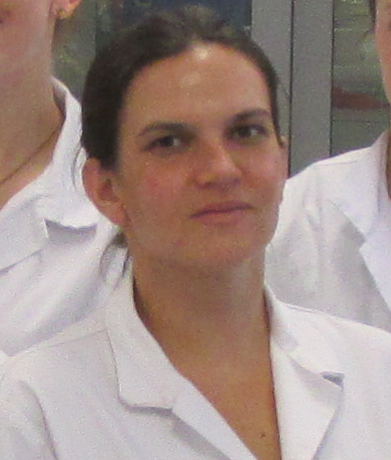Below is a summary of the abstract you submitted. Presenting author(s) is shown in bold.
If any changes need to be made, you can modify the abstract or change the authors.
You can also download a .docx version of this abstract.
If there are any problems, please email Dan at dar78@pitt.edu and he'll take care of them!
This abstract was last modified on May 3, 2018 at 6:33 p.m..

Research into the mechanisms of bacteriophages specific to Mycobacterium smegmatis has the potential to introduce a new method to treat or prevent disease caused by pathogenic Mycobacterial organisms. Prior to 2017, only two Mycobacteriophages native to New Zealand had been added to PhagesDB.org’s Actinobacteriophage Database. The 2017 class of Massey University’s Bacteriophage Discovery and Genomics course have since contributed information for an additional eight bacteriophages. DNA sequencing has been completed for five of these submissions, more than tripling the number of known DNA sequences for Mycobacteriophages found in New Zealand.
During the course of Massey University’s 2017 Phage Hunt, eight students each isolated a unique bacteriophage specific to M. smegmatis. These phages were all found in soil or compost samples from the Auckland region of New Zealand, and discovered using direct isolation techniques as per the SEA-PHAGES (Science Education Alliance-Phage Hunters Advancing Genomics and Evolutionary Science) program guidelines. Each phage sample was purified using serial dilutions, and amplified to generate a high titer lysate of at least 109 pfu per mL. Each bacteriophage was viewed under transmission electron microscopy with the assistance of Dr. Adrian Turner at the University of Auckland. Upon measurement, all phages were found to be within the range of 55 to 75 nm in capsid width and 136 to 248 nm in tail length, with tail length showing much greater deviation from the mean value than capsid width.

